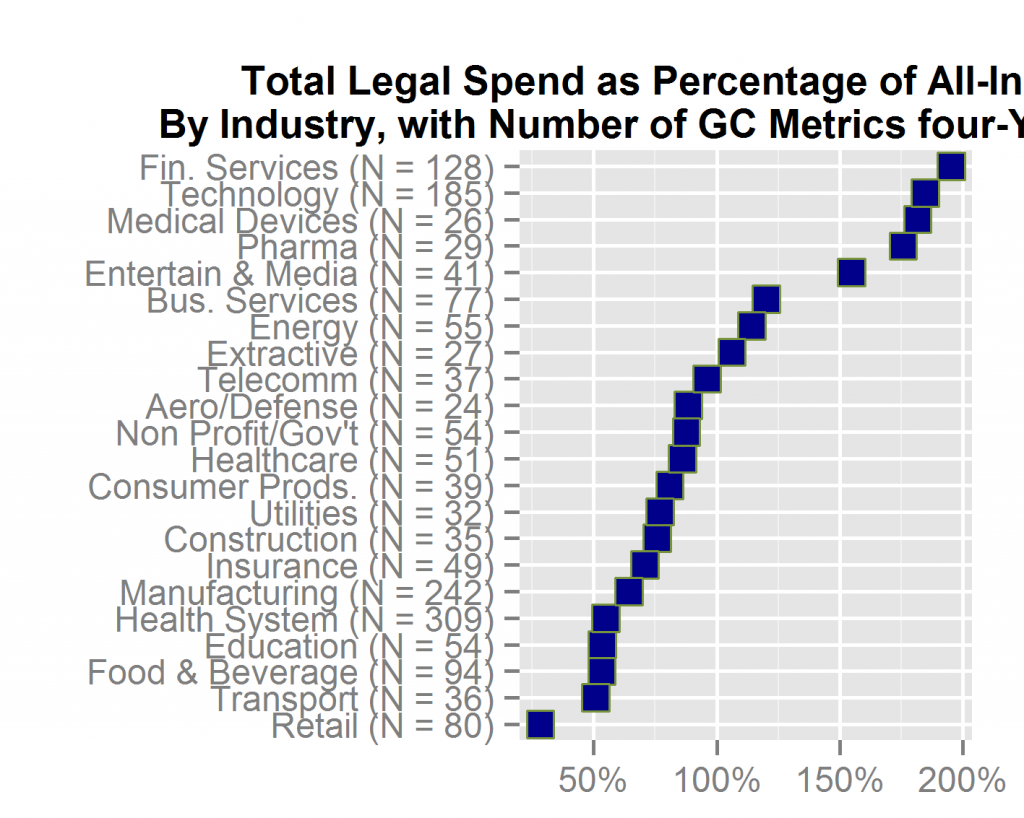In full-page ads, Bottomline Technologies proclaims that “Bottomline is chosen 3X more than any other legal spend management vendor.” Being inquisitive about law department metrics, I visited the web page the ad says lets you “Find out why” – www.bottomline.com/3x.
Don’t get your hopes up. The page suggests that more than 180 companies with claims functions have licensed software from Bottomline. It then gives “the top 3 reasons why they chose Bottomline.” Ok, maybe those are the reasons why they chose the company’s software. But that does not explain why companies choosing among software offerings similar to Bottomline’s for legal spend management select Bottomline three times more frequently than they select the competition. Or perhaps I misread the quoted statement in the first sentence.
A quick Google search turned up nothing about the ad’s statement. My crude understanding of advertising law is that if you assert something about your product or service, someone can challenge you to back up that assertion. “WonderProduct cleans three times faster” trumpeted in an advertisement creates a legal obligation on the part of the manufacturer to have sufficient factual support. Even if the preceding two sentences don’t capture the nuances of our laws and regulations, it still seems to me that Bottomline should explain the basis for its 3X claim




